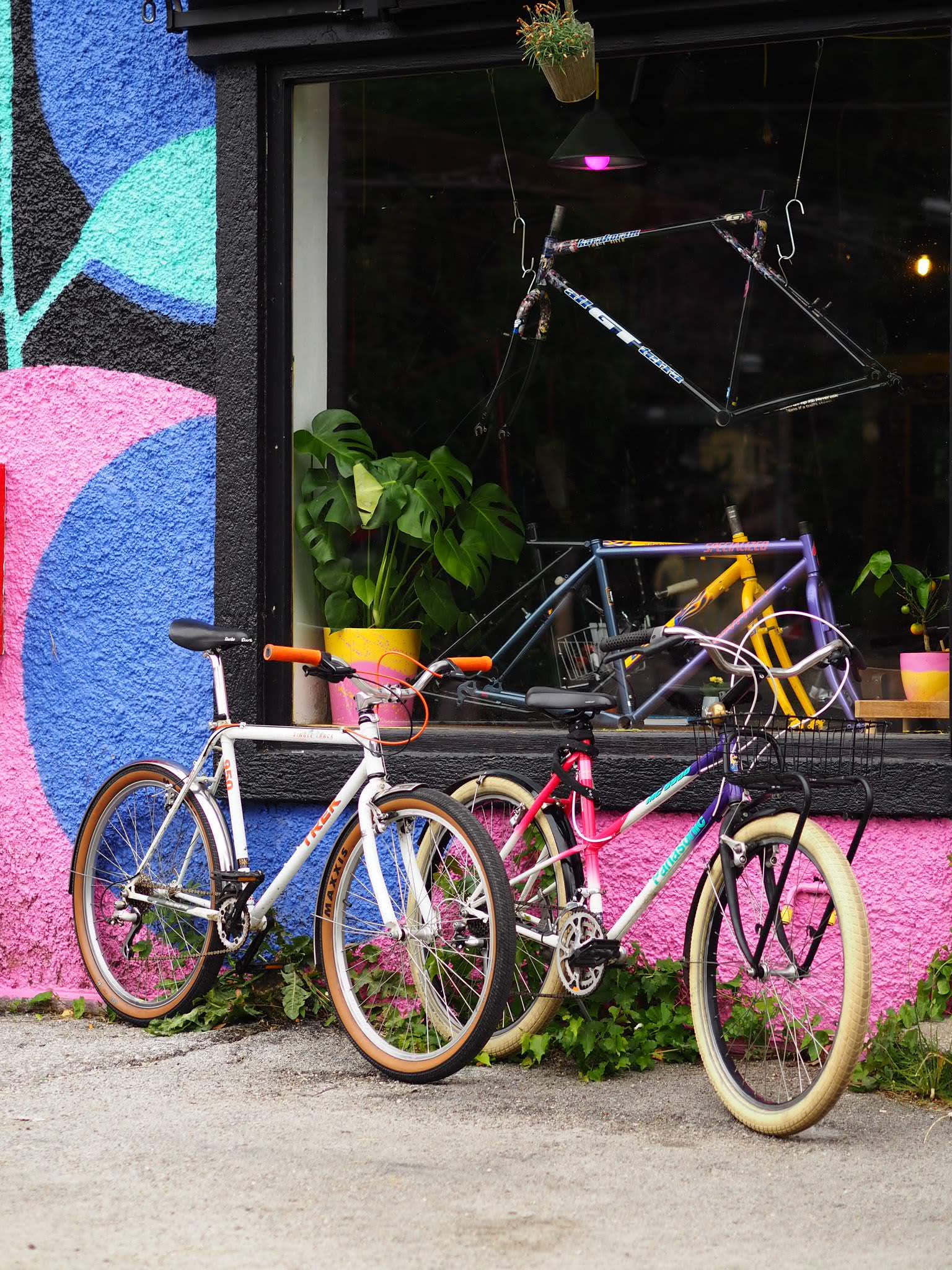
How to build a Bicycle for a Life
When someone speaks of something lasting a lifetime, I pay close attention. Throughout my fifteen years working with bicycles, I've always been intrigued by the intricacies that contribute to a bicycle's potential longevity. However, let's not forget that several factors come into play, influencing a bike's durability. Through my experience, I've uncovered some essential points. Allow me to break it down for you.
Frame Material
If you desire a bike that will stand the test of time, the choice of material is crucial. History has shown that certain materials outlast others. For a long-lasting bicycle frame, our material of choice is steel. While we're not aiming to replicate a century-old WWII military bicycle, it demonstrated the enduring nature of steel. Not only does steel have exceptional longevity, but it's also repairable. A steel frame remains rigid while effectively dampening unwanted vibrations, resulting in a remarkably smooth ride. I like to call it the "good vibrations." In the 90s, the bicycle industry reached a sweet spot in constructing steel frames. These frames, with their cool paint jobs, were not only lightweight and rigid but also featured a well-designed geometry (similar to today's gravel bikes). Most importantly, they were equipped with versatile standards, accommodating a wide range of components.
Technical Standards
Once you've settled on a frame, equipping it with suitable components becomes paramount. Therefore, it's essential to choose a frame that is compatible with the most commonly used technical standards. This compatibility grants you the freedom to select from a diverse range of components, enabling you to construct not only the bike you desire but also increasing its chances of longevity. The critical technical standards include the bottom bracket, headset, dropouts, and brake mounts. When it comes to these standards, I highly recommend making timeless choices. I'm referring to threaded BSA bottom brackets, 1" or 1 1/8" headsets, classic quick-release dropouts, and cantilever brake mounts. These standards have not only stood the test of time but also offer a wide variety of compatible components, making it effortless to personalize your bicycle.
Customization
Ensuring a bicycle lasts a lifetime is not solely a matter of technique; it's also about emotional connection. You want your bicycle to truly represent your individuality through customization. Add vibrant colors, adjust your handlebars, attach accessories, a rack, off-road tires, and incorporate unique details. The possibilities for personalizing a bicycle are nearly limitless. Enjoy the process and be sure to showcase your creation to your friends. With these steps, the bike-for-life formula is nearly complete. Now, let's explore the final and most crucial point.
Maintenance
Once you've constructed your bike for life, there is only one thing left to do: preserve its longevity. Take care of it diligently. Keep it clean. Avoid leaving it outside in the rain. Regularly oil the chain. Replace worn-out components and schedule an annual service. If you own a Fanzy Bike, please have it serviced once a year at one of our workshops (currently, we have one, but who knows what the future holds?). Rest assured, I will do everything possible to assist you in making your bicycle last a lifetime.
Conclusion
Choose your materials wisely. Ensure your frame adheres to the right standards. Embrace customization and, most importantly, practice proper maintenance.
These considerations are deeply ingrained in every Fanzy Bike I construct. I aspire to build bikes that last a lifetime, and I encourage you to do the same.
At the Fanzy Bikes Shop, you'll find reliable materials, technical standards, smooth components, tips and tricks for your own builds, and an abundance of passion.
If you have any questions, feel free to send me a message.
Much love, Jakob :*
